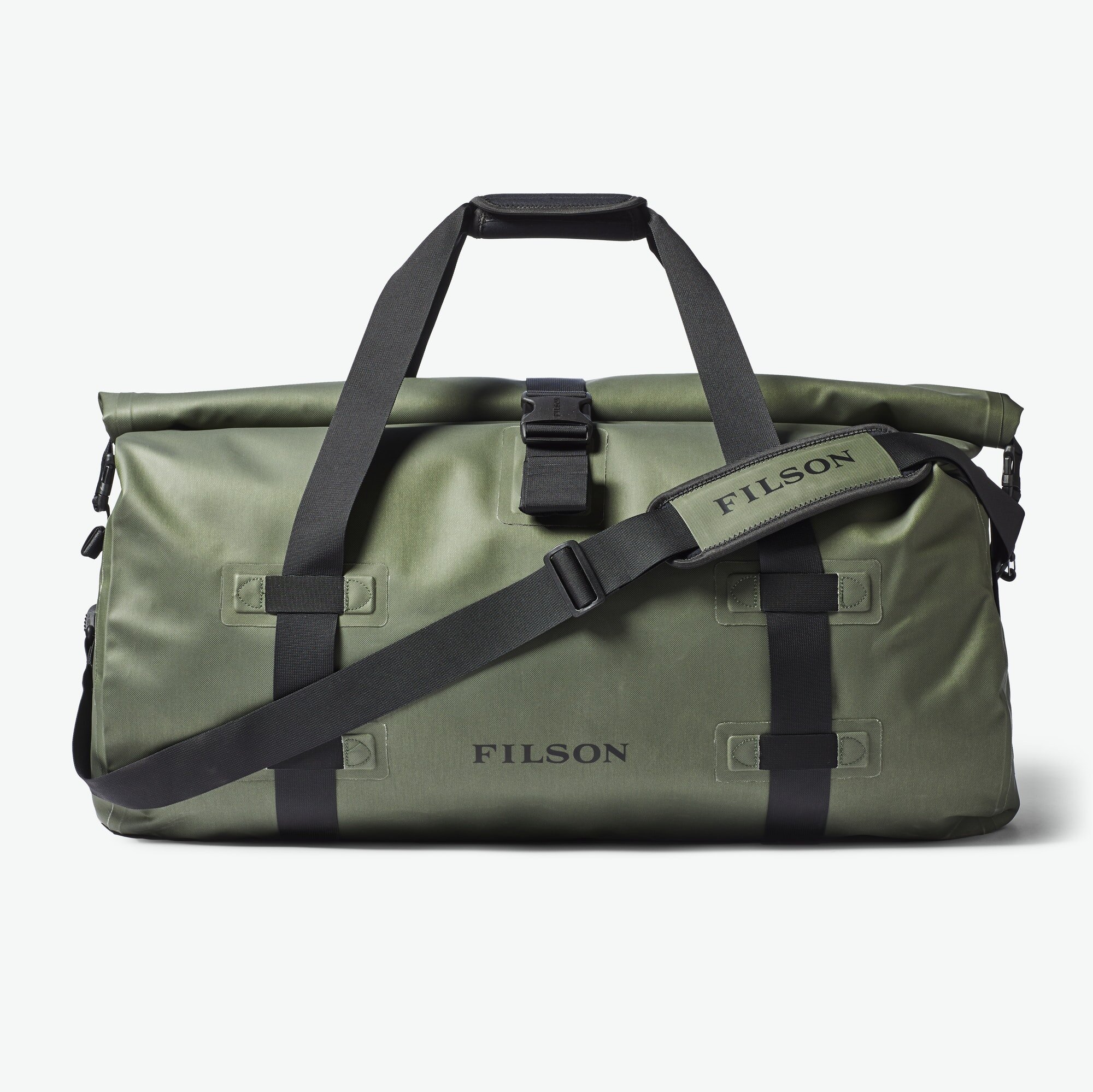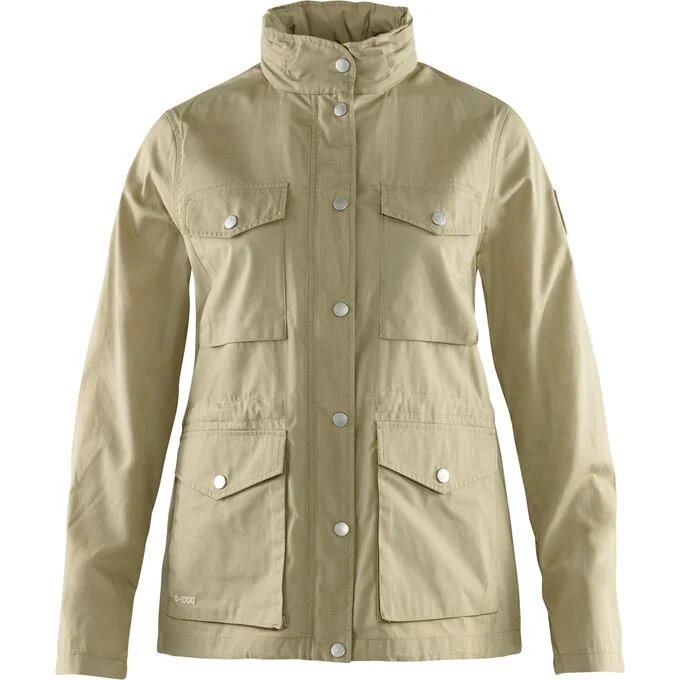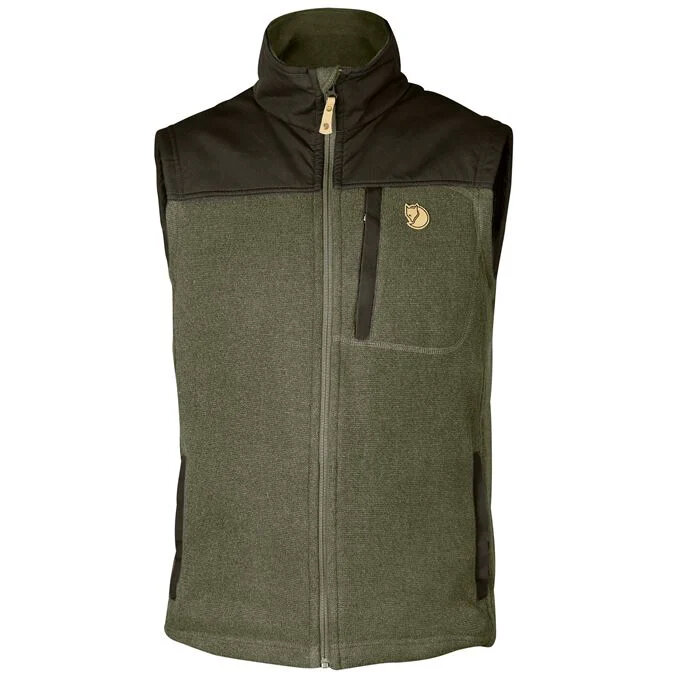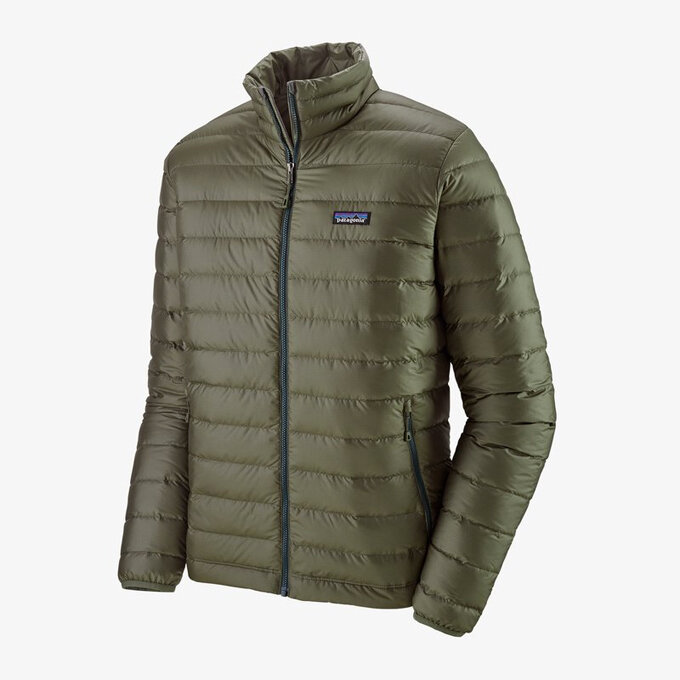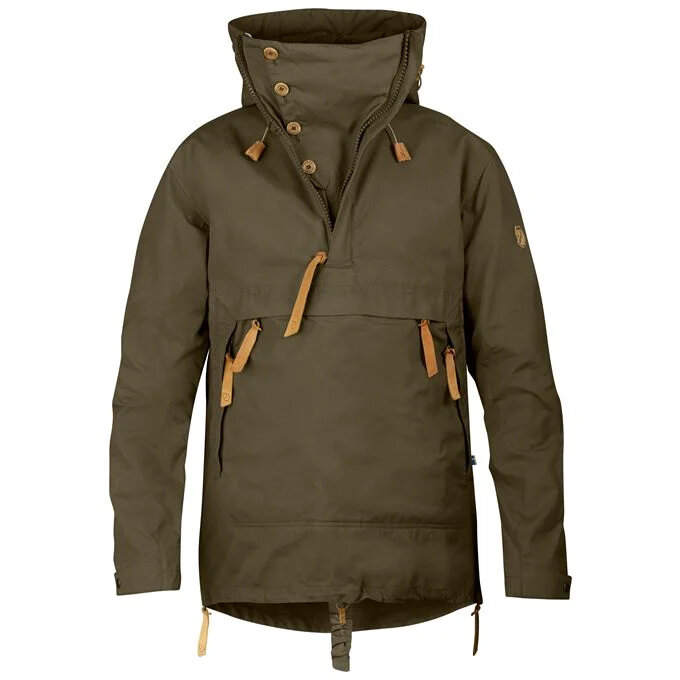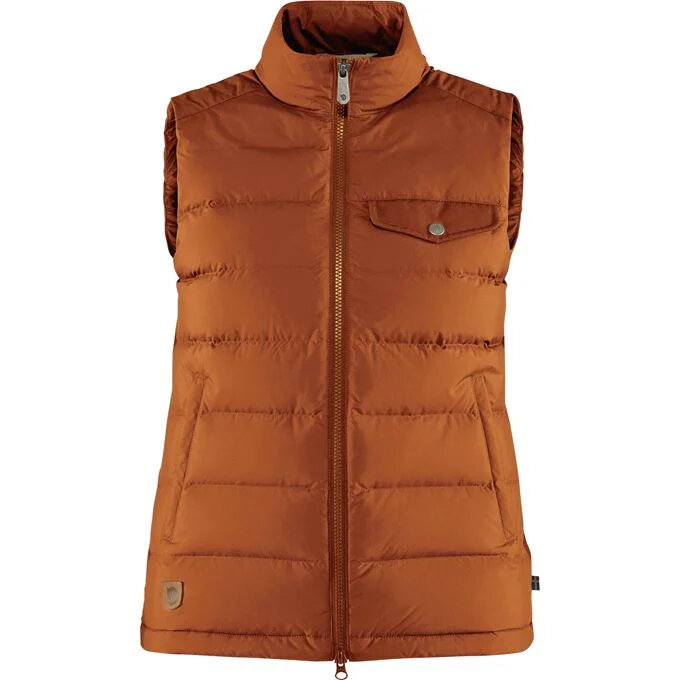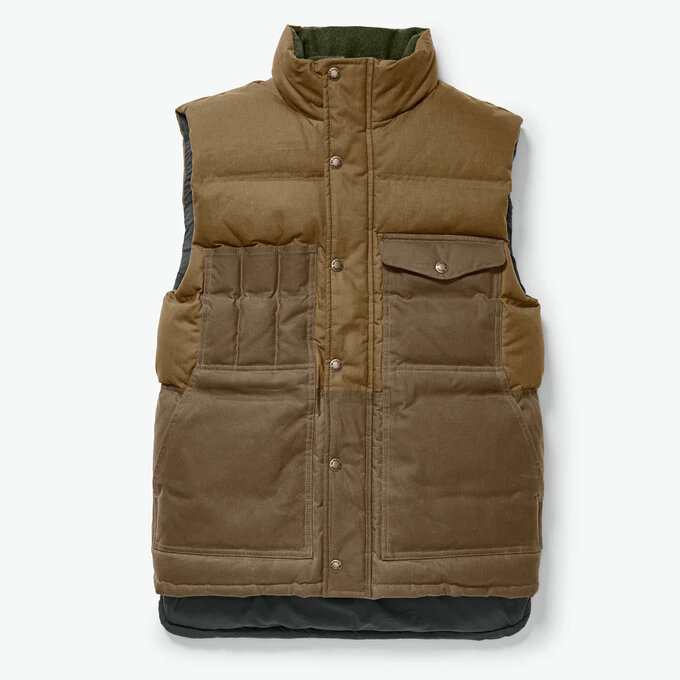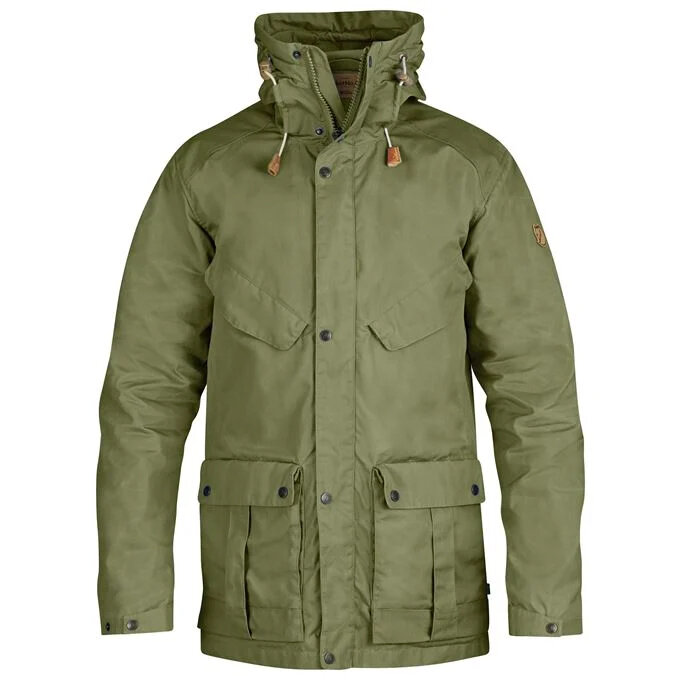
Travel tips & More
Safari Packing List
“How should you pack for your African Safari? Packing for any type of trip, be it a weekend getaway or month-long immersion, can seem daunting. However, Epic Road prepares you for every type of weather and possible adventure on your African Safari. We’ll guide you through the essential items you need and provide a printable checklist to make your preparation effortless. With our tried-and-true checklist that follows, you won’t leave anything behind!”
Passport
Photocopy of passport photo page with number, photo and important info.
Passport-sized photographs (in case of losing your passport, these can serve as a backup).
Necessary Visas
Yellow Fever inoculation certificate (depending on country).
Personal prescription drugs (allergy medication too!). Bring these in your carry-on luggage.
Travel insurance plan card
Anti-Malaria Tablets (if recommended by your doctor). Pregnant women may choose to avoid these tablets, but able travelers can start taking them a few days before arriving in Africa for optimal effectiveness. Please get advice from a doctor when getting your vaccines.
Universal Voltage Adapter and Converter
Portable charger
Camera, along with extra film or memory cards, batteries and charger. Zoom lens can double as binoculars for those who don’t want to carry both.
Binoculars, a good pair can make or break your safari experience!
Toiletries, stored in zip lock bags
Strong insect repellent. We recommend 20% DEET; more than that can be harsh on the skin.
Hat, sunglasses & a lightweight scarf/bandana. These are crucial for keeping your eyes and skin protected in the African heat.
Sunblock, skin moisturizer, and lip balm.
Ear plugs (evening animal noises can keep you awake!)
Headlamp and extra batteries.
Melatonin to assist with sleep while adjusting to the jetlag.
Select First Aid supplies. Most hotels are equipped with First Aid kits, but it is smart to keep some supplies on hand such as bandaids, eye drops, antiseptic cream and/or pain relief tablets.
Quick check list
Packing Tips
Luggage Restrictions
Please keep in mind that there are often strict limits on luggage when you go on safari. These restrictions vary by destination, so check with Epic Road before packing. For smaller bush flights soft-sided duffel bags are required, and maximum weight is often 44 lbs per person, but sometimes, in Botswana for example, weight allowance can be as low as 33 lbs per person. While there is sometimes some flexibility with weight, and it’s sometimes possible to purchase an extra seat to accommodate more, there is no getting around the rule that bags must be soft-sided.
There are also sometimes restrictions on length and width, so again please check with us about the rules specific to your itinerary.
Depending on where you’re flying from or to, we may be able to arrange to have luggage shipped or stored for you at an additional cost.
Clothing
What to Wear on Safari
Due to luggage restrictions mentioned above, we suggest packing just two full outfits for your safari, so each day you can wear one while the other is being laundered. Most luxury lodges have laundry included.
Bring warm layers. The weather can be chilly in the mornings and evenings, and very hot midday, so dressing in layers is key for maximum comfort.
Stick to neutrals (Beige, tan and greens) to camouflage into your natural surroundings. Bright colors may present a threat or unfamiliarity to the animals and may deter them from approaching. Some regions have Tsetse flies that are attracted to darker colors such as blue and black.
Pack
Comfortable Walking Shoes (we prefer breathable hiking boots that cover your ankles for walks in the bush)
Both T-shirts and long sleeve shirts.
Jacket and light sweater are best for early morning and evening game drives.
Hat, gloves, and scarf
Lightweight water-proof rain jacket
Shorts or light skirts
Jeans or cargo pants for cooler days and chilly evenings.
Swim and beachwear
Extra eyeglasses/contacts and a copy of your most recent prescription
What Else?


